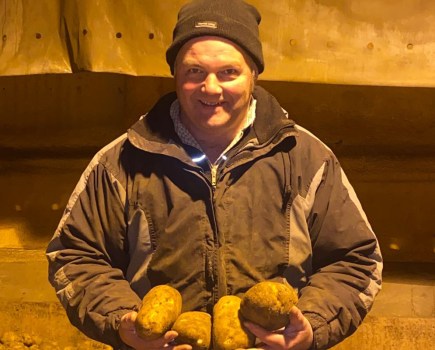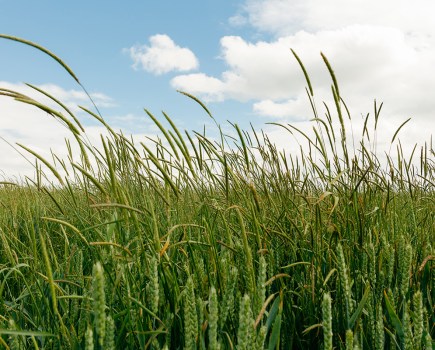Every now and again a new buzz word emerges and the current one is resilience. It doesn’t matter what industry you work in – it’s being used all over the place.
Arable farming needs resilience – there’s no doubt that times are tough at the moment, with commodity prices on the floor and the added difficulties late payment of BPS has brought to the cash flow of many businesses. The reality is that things may need looking at differently and for some, that means looking closely at the rotation and making changes where the risks are outweighing the rewards.
That’s why I’ve a huge amount of respect for Roger Huffer (see article on pxx) – I find the word resilience fits him perfectly. The effect cabbage stem flea beetle has had on some of the oilseed rape on the farm is staggering. But he’s willing to talk about the difficult decisions he’s having to make about the place of oilseed rape in his rotation.
No one likes to show the world things that have gone wrong but when it comes to cabbage stem flea beetle, everyone is on a steep learning curve – even the experts. That doesn’t make it any easier when things go wrong on your patch but at some point in their career, absolutely every grower and agronomist has experienced a field that’s painful to look at.
There’s an awful lot we don’t know and it’s through unpicking the crop disasters that we can help clarify the questions that really need answering. One of those pressing questions is how far does the adult beetle travel? Is it a field, a mile, 10 miles, a county or wherever the wind takes it? We simply don’t know.
What does seem to be happening is that CSFB appears to be getting worse in the hotspots, so is that because people are giving up growing oilseed rape and the pest pressure is simply becoming more concentrated on the OSR crops that remain?
There are signs that damage from CSFB larvae this season is fairly widespread, with other Eastern counties and parts of Yorks reporting serious pockets of infestation. The winter was exceptionally mild which may mean that the degree of larval damage is a freaky event, on the other hand it could be a sign of things to come. There’s no disputing that flea beetle control has become more difficult without neonics and then there’s the added complication of pyrethroid resistance…
Planting OSR early to get plants quickly up and away makes sense but is an early planted crop the best way forward if larvae go on to cause the main damage? The stage of development of OSR plants when the larvae start feeding must have an effect on the severity of the damage. A crystal ball would be useful.
Looking at the tap roots of some of the plants on Roger’s farm that had been completed killed by larval feeding, these weren’t poor, backward plants. It’s devastating to see a crop that looked well disappear before your eyes but demonstrating the true meaning of resilience, Roger is keen to learn from the experience on his farm. He hasn’t given up on OSR but on a close rotation, it’s become too much of a risk, especially because there really aren’t answers to the questions he has at the moment.
The good news is that AHDB Cereals and Oilseeds are putting a lot of effort into finding out more about the pest. It’s important to put the effects of CSFB into context when it comes to OSR crop losses – last autumn four times as much rape was lost to factors other than flea beetle adults, such as slugs. Larval damage may change the figures somewhat but CSFB actually isn’t a massive problem everywhere.
OSR has been the major break crop in the UK for good reason and over several seasons the benefits probably still outweigh the drawbacks for most growers.
True resilience leads to learning from adversity and then doing better, so if CSFB has been a problem to you this year, take a leaf out of Roger’s book and let’s compare notes.
Based in Ludlow, Shrops, Lucy de la Pasture has worked as an agronomist and reckons resilience is a key skill requirement of the job.





